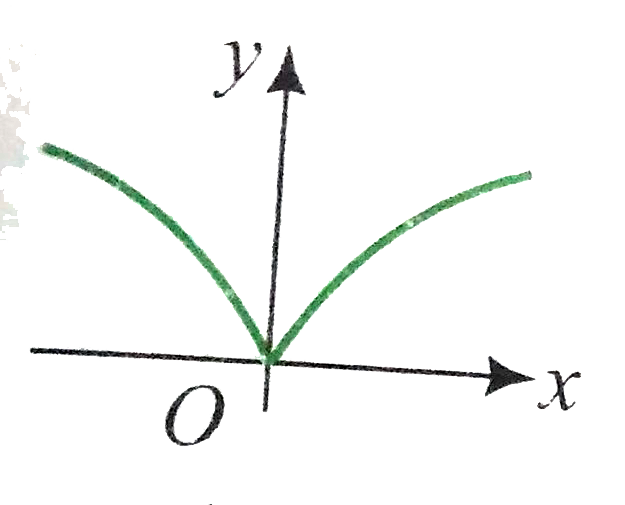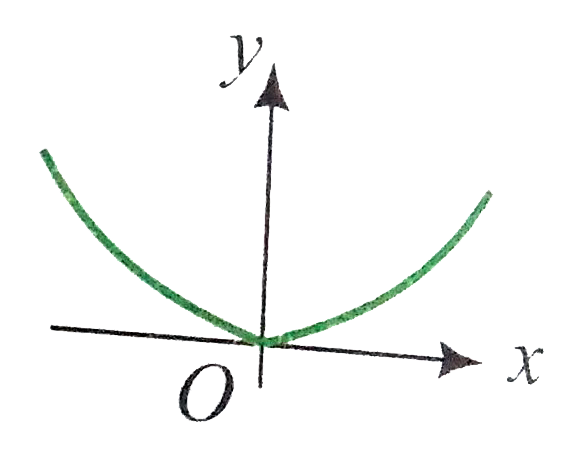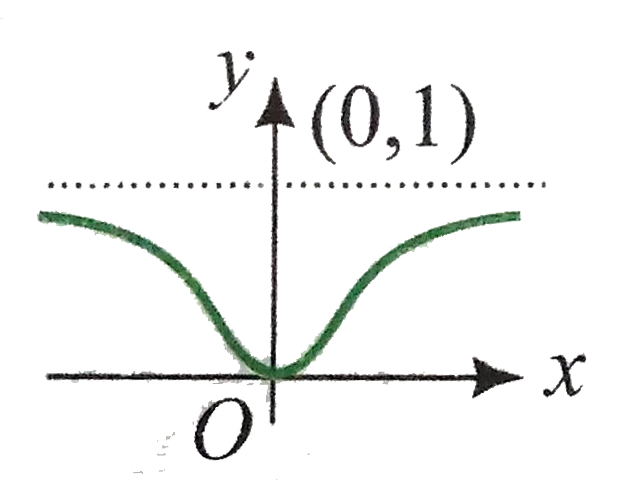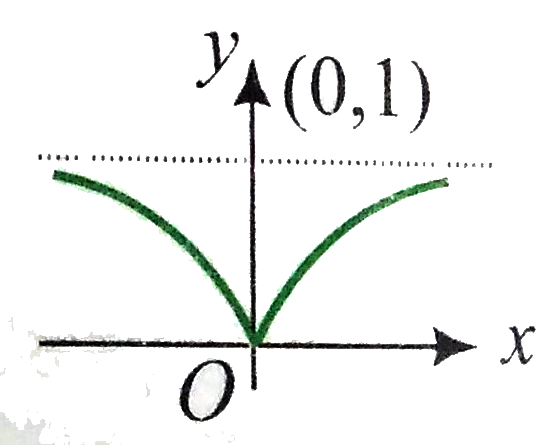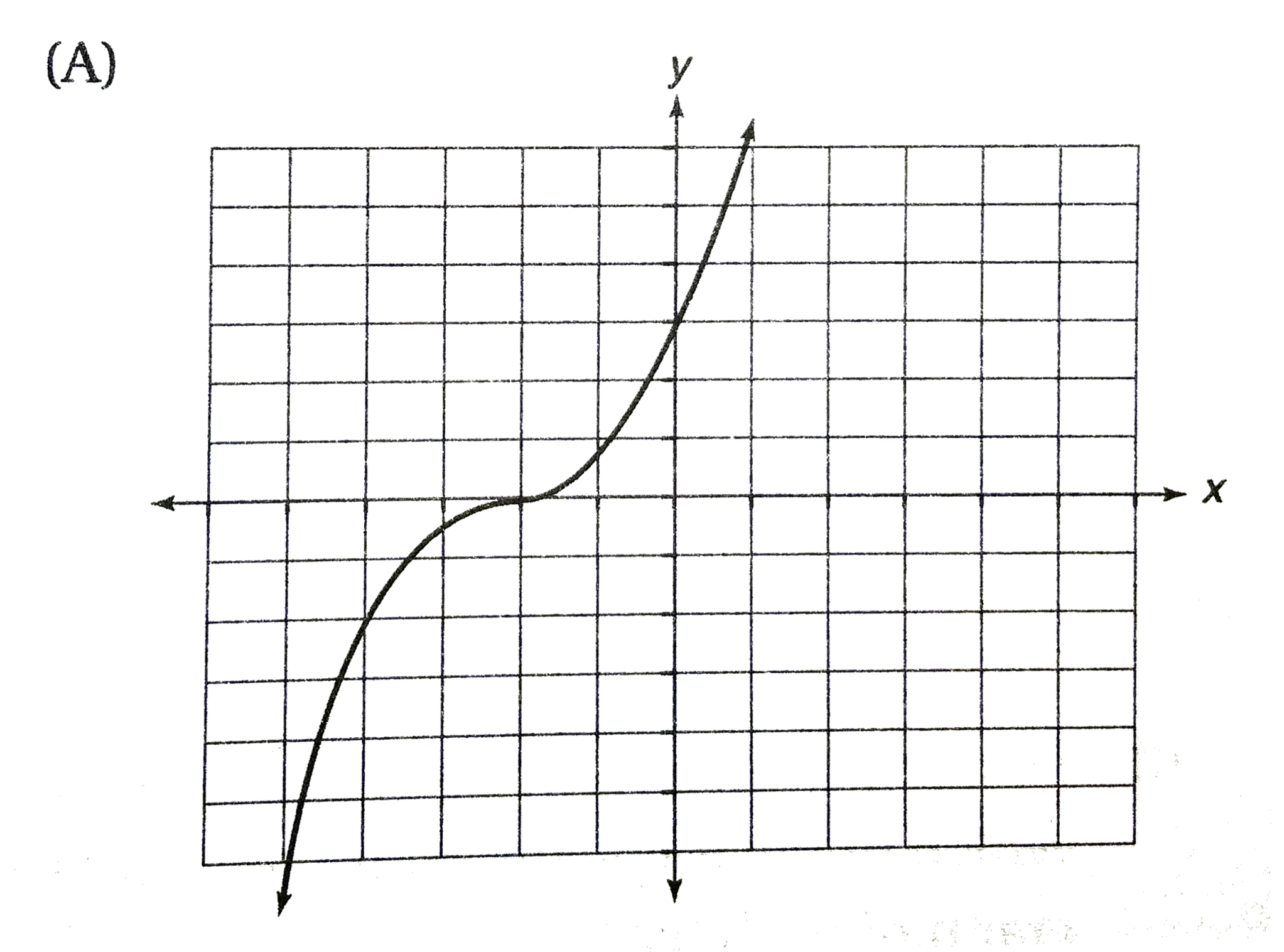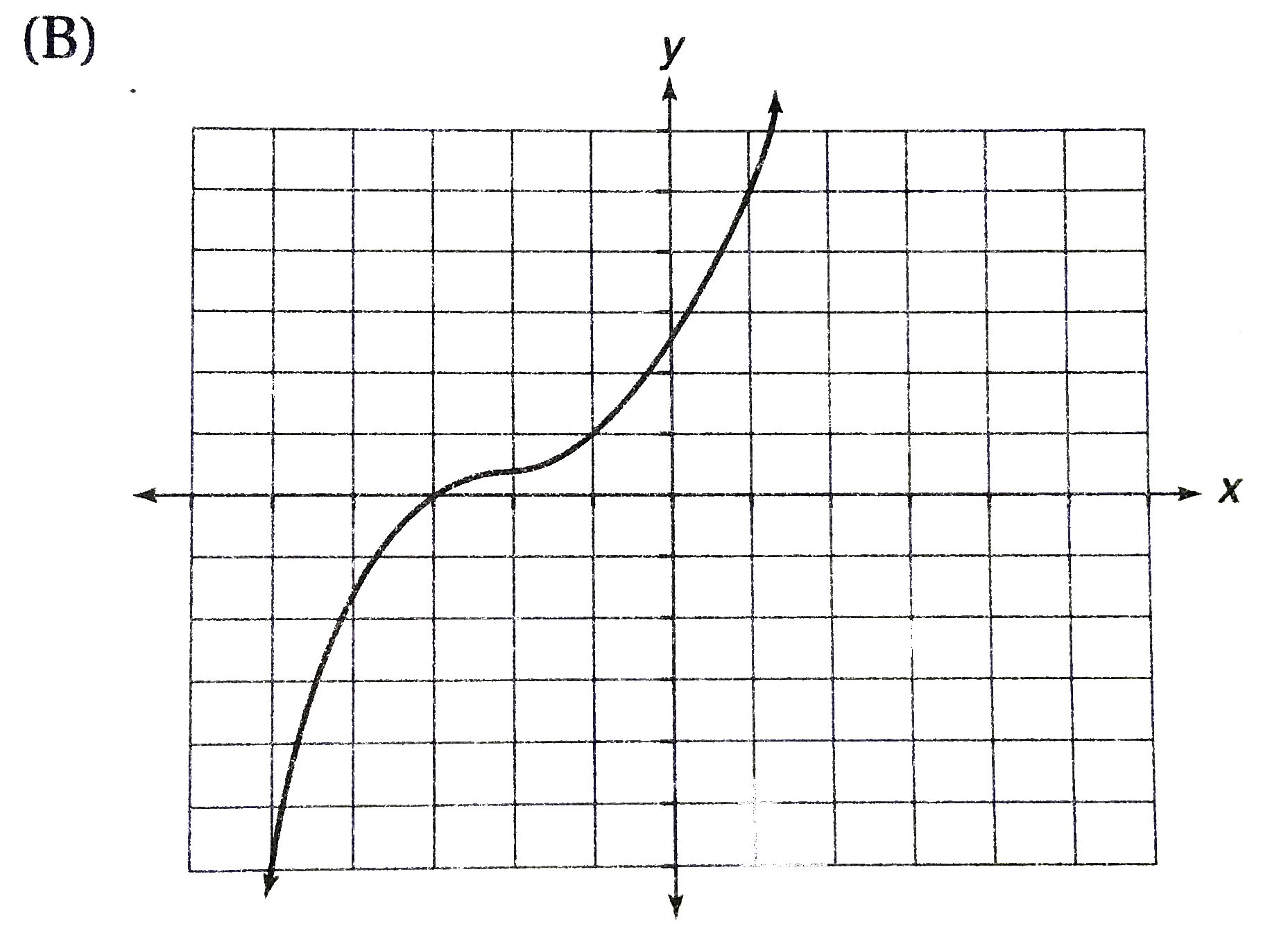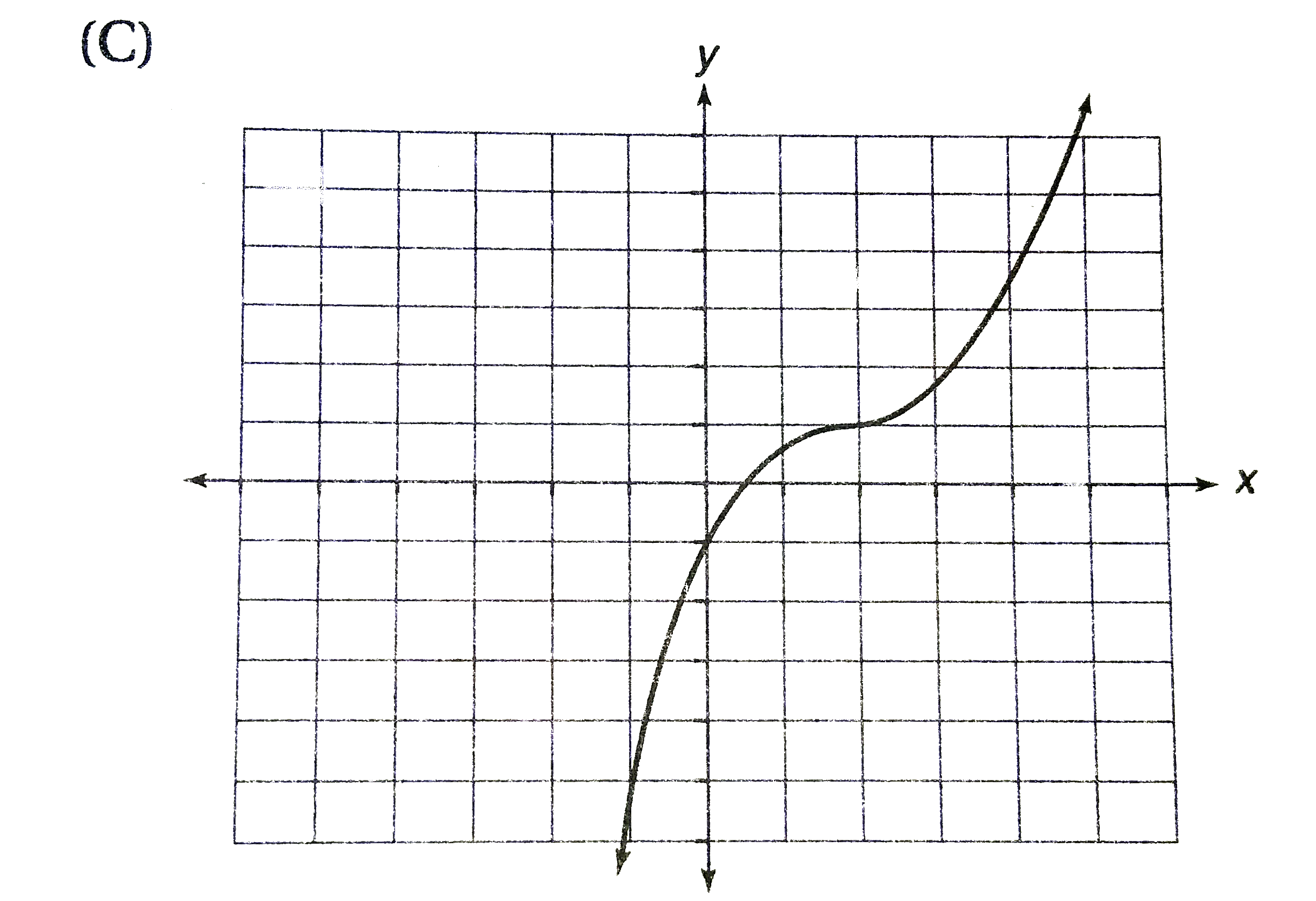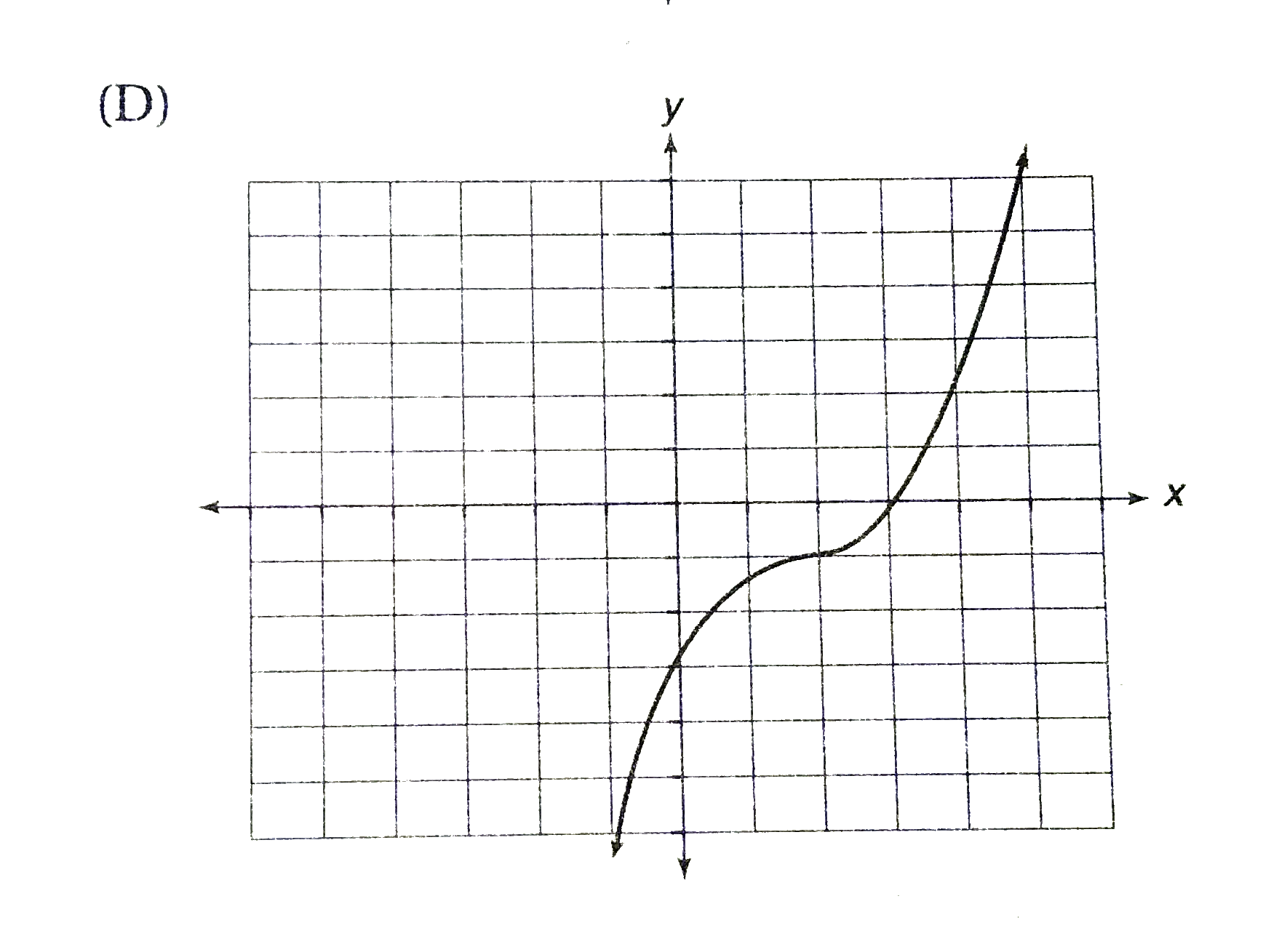Recommended Questions
- Let y=f(x) ={{:(e^((1)/(x^(2))), if x ne 0),( 0, if x=0):} then whic...
05:31
|
Playing Now - Let f(x+(1)/(y))+f(x-(1)/(y))=2f(x)f((1)/(y))AA x,y in R,y!=0 and f(0)...
03:10
|
Play - Let f:R in R be a function given by f(x+y)=f(x) f(y)"for all"x,y in R ...
03:11
|
Play - Let y=f(x) ={{:(e^((1)/(x^(2))), if x ne 0),( 0, if x=0):} then whic...
Text Solution
|
Play - फलन f(x) = (e^(1//x) -1)/(e^(1//x) +1), x ne 0 तथा f(0)=0 के लिए निम्न...
Text Solution
|
Play - Let f (x+y)=f (x) f(y) AA x, y in R , f (0)ne 0 If f (x) is continous ...
07:47
|
Play - Let f (x)= [{:((x(3e^(1//x)+4))/(2 -e^(1//x)),,,( x ne 0)),(0 ,,, x=0)...
11:33
|
Play - Let f(x) = sin"" 1/x, x ne 0 Then f(x) can be continuous at x =0
02:08
|
Play - If f(x)=(e^(1//x)-1)/(e^(1//x)+1)" for "x ne 0, f(0)=0" then at x=0, f...
03:28
|
Play
